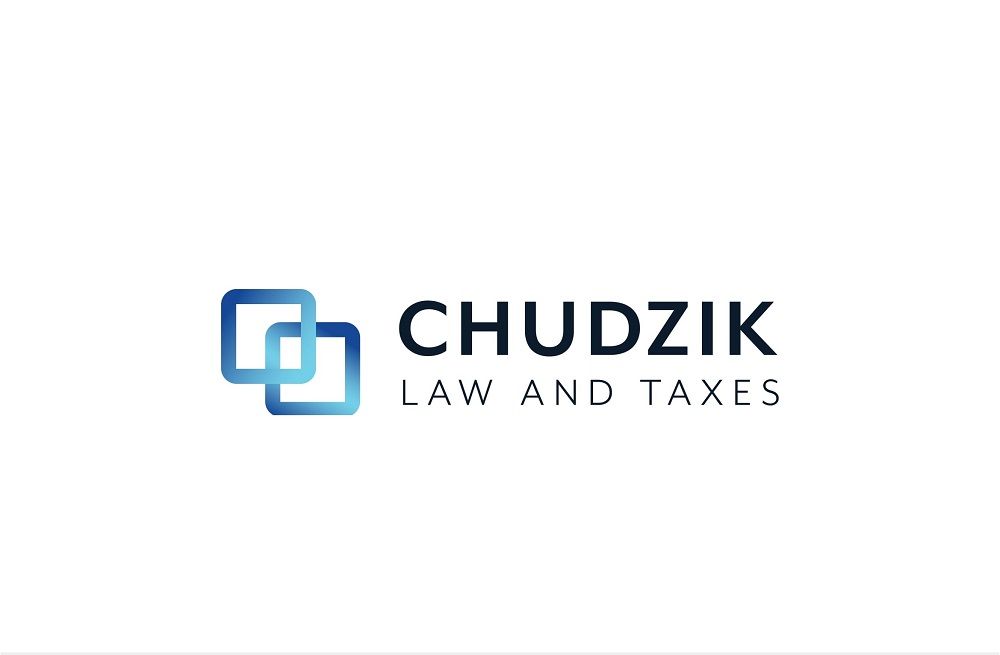Polish Deal – The New Way of Business

Entrepreneurs began 2022 in a completely different tax reality. The legislator has introduced a vast number of fiscal changes for all taxpayers, which have affected entrepreneurs most severely. Moreover, the regulations were prepared in a hurry and will probably create many interpretation doubts during their application.
The legislator has included a broad range of changes in the adopted law, starting with income taxes and moving on to enforcement proceedings, tax law, VAT, health insurance, and entrepreneurs' law. The enormity of the changes is quite a challenge for any entrepreneur.
CHANGES IN HEALTH CONTRIBUTIONS
One of the most significant changes affecting entrepreneurs' "daily" settlement duties is the health contribution. However, it is not its increase that makes a problem. Instead, the issue is about abolishing the possibility of deducting its part from the tax due. Unfortunately, the change has contributed to an increase in the volume of burdens resulting from a business. Although, until now, entrepreneurs could reduce income tax amounts by a fraction of the health contribution paid, the new deal has repealed this provision. While remaining on the grounds of the health contribution, the subject of its increase cannot be avoided. Until the end of 2021, the health contribution was a fixed amount, determined based on the average salary determined by the Central Statistical Office. However, from the 2022, the health contribution will be a variable amount resulting from the income achieved by the entrepreneur.
The change turns even more difficult if we consider the way of accounting for business. It should also be emphasised that in the case of the tax scale and the flat tax, the minimum health contribution will be 9% of the minimum salary applicable in the given tax year.
Another novelty in settlement of health contributions is their calculation method. Their amount will be calculated on a monthly and annual basis. In the case of a yearly settlement, three scenarios may occur. In the first one, the amount of contributions paid is correct. In the second one, the contributions are underpaid, or, finally, the contribution may be overpaid. In the case of an underpayment, the insured shall pay the balance due. However, in the case of an overpayment, the entrepreneur must remember to file a request for a refund; otherwise, the overpaid amount will not be reimbursed. The changes in question affect partners in general and professional partnerships; limited partnerships may enjoy "preferential" treatment. Following the changes resulting from the transition of limited partnerships to CIT, partners' income is settled in none of the above ways because it constitutes a dividend. Therefore, partners in limited partnerships will pay fixed rates of health contributions based on the MMS.
The alternations also affect appointed functions. In the case of company directors or proxies, the contribution shall be calculated based on the remuneration received under the appointment. The changes regarding the health contribution should be a motivating factor for each entrepreneur to verify the new burdens. But, unfortunately, the differences which have occurred do not make it possible to find a golden solution to suit everyone. When discussing the changes, some positive aspects of the Polish Deal should also be mentioned. After all, entrepreneurs can also find improvements in running their businesses.
MORE FAVOURABLE ESTONIAN CIT
A positive change is the simplification of Estonian CIT. Primarily, the legislator decided to make this form of taxation available to a broader group of entities. In the new wording of the act, limited partnerships, limited joint-stock partnerships, and simple joint-stock companies may benefit from Estonian CIT. The upper threshold of PLN 100 million of revenue will also be abolished. Additionally, another positive surprise comes with the termination of the investment obligation. In the original solution, a taxpayer choosing this form of taxation was obliged to incur certain capital expenditures on fixed assets. Another reason for considering this form of taxation is the reduction of tax rates, by which the total tax burden of CIT and PIT payments will be at the level of 20%/25%. Just to illustrate, in the case of classic CIT, the charge on the dividend payment in a company being a small taxpayer will be 26.29%, in the case of a large taxpayer – 34.39%. However, the peculiarities of Estonian CIT must be remembered, the taxation base in particular. Unlike the classical version, the taxable base includes profit distributions or their allocation to cover losses, hidden dividends, expenses unrelated to business activities or undisclosed business operations. Another advantage of using Estonian CIT is the possibility of avoiding minimum CIT. First, however, let us clarify the ambiguities that have arisen around this tax.
MINIMUM TAX
The first one is the standard view that this tax will apply to large corporations only. But, unfortunately, the tax applies to all CIT subjects. At this point, it is necessary to look at who can benefit from the minimum tax. The prerequisite for its application is either the occurrence of a loss or less than 1% of income share in the revenue. Another questionable issue is the view that the tax will be payable on income. The tax base will not be the entire income but only 4% of it. Additionally, the tax base will include other components such as debt financing costs incurred for the benefit of affiliated parties, the value of the deferred tax, costs incurred for certain services provided to related parties.
HIDDEN DIVIDEND
Still, on CIT changes, the issue of hidden dividends cannot be avoided. The concept of hidden profits appeared when the Estonian CIT was introduced at the beginning of 2021. Now, the hidden dividend shall be extended to all CIT taxpayers, disabling the recognition of expenses incurred as deductible costs. Moreover, it applies to the expenses sustained in connection with a service provided by an affiliated party. Also, all company costs which depend on the profit it makes will be a hidden dividend. Other hidden dividends are unreasonable costs or consideration for the right to use assets belonging to the shareholder or a related party. However, the two latter cases can be recognised as a company cost, provided that the amount of the expense incurred for the hidden dividend is lower than the company's gross profit in the given tax year.
VAT GROUP
Among positive aspects of the changes, the VAT group may prove to be one. It is a new structure in the Polish tax system allowing for "VAT exemption" within a group. Moreover, the group principle of functioning does not seem overly complicated because it is the group that will act as a VAT taxpayer. That means that goods or services will be taxed on entry and exit from the group. VAT settlements in this respect will also be facilitated, as there will be no obligation to record intra-group transactions in the Standard Audit File (JPK). However, entities wishing to form a group will have to satisfy the statutory conditions regarding affiliation, i.e. financial, economic and organisational links. These relate to the group "leader" holding 50% of the shares in the other members, running a similar or complementary business, and remaining under the same management.
SUMMARY
The issues mentioned above represent only a part of the changes that have entered or will enter into force within the tax changes enacted in the Polish Deal. The forthcoming months will show how the originators interpret specific issues. The issued interpretations and rulings will allow for the proper application of the provisions, which today bring many doubts. Nevertheless, every entrepreneur should consider their public and legal burdens related to their operations and reckon to reorganise their businesses to mitigate the effects of the Polish Deal.
Authors:
Dorota Chudzik, general manager, tax advisor, Chudzik i Wspólnicy Radcowie Prawni
Konrad Matuszewski, legal and tax consultant, Chudzik i Wspólnicy Radcowie Prawni

This article comes from magazine:
FOCUS ON Business #2 January-February (1/2022)
 Check the issue
Check the issue








